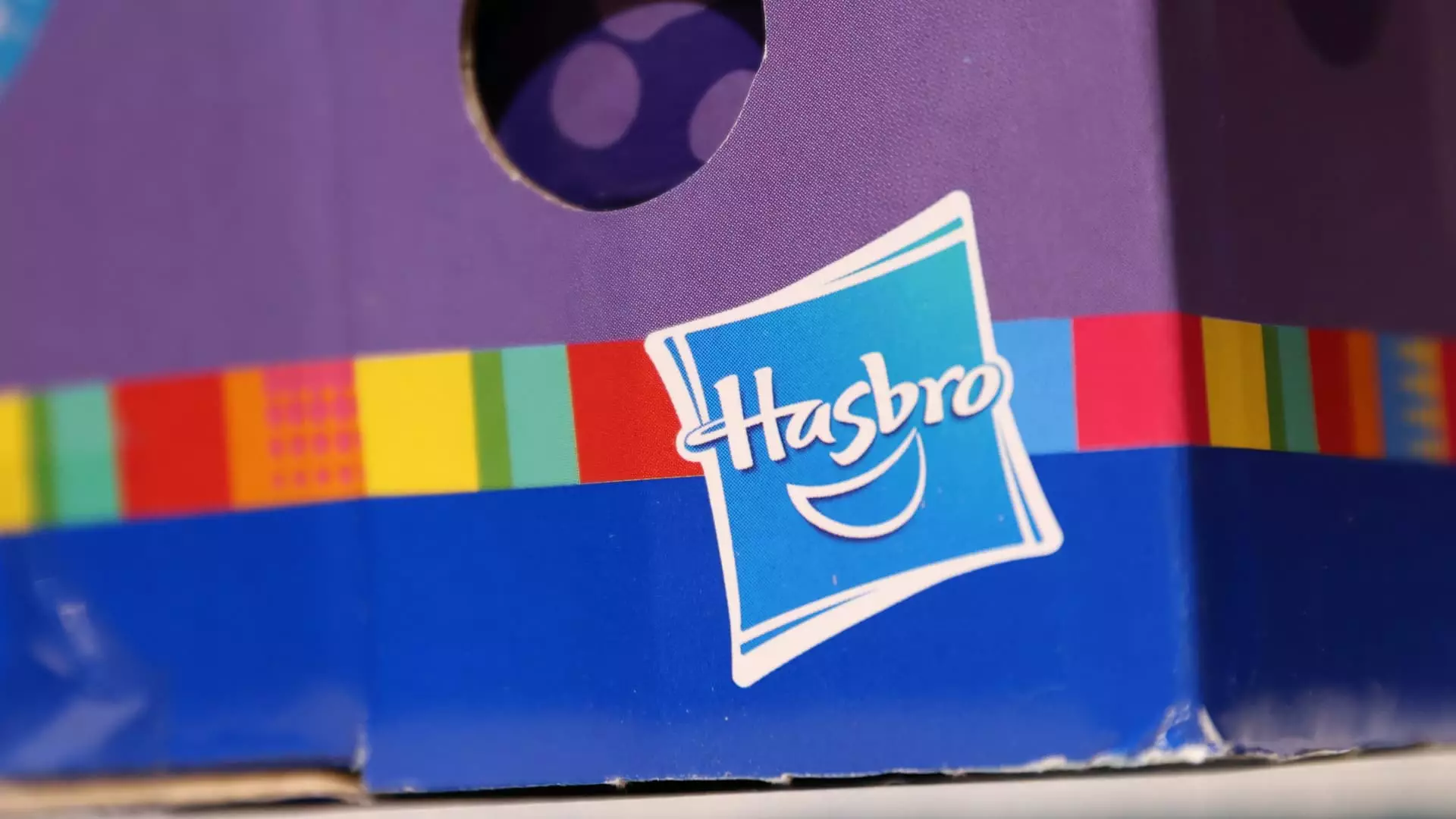As the global economic landscape continues to evolve, toy manufacturer Hasbro has demonstrated resilience and adaptability in the face of significant challenges, particularly regarding U.S. tariffs on Chinese imports. During a recent earnings call, executives conveyed a cautiously optimistic outlook, highlighting proactive measures they are implementing to navigate potential financial pressures while maintaining their growth trajectory.
Hasbro’s Chief Financial Officer, Gina Goetter, underscored the company’s strategic pivot away from China in light of impending tariff implementation. In the context of a landscape where competitors like Mattel are contemplating price hikes on iconic products, Hasbro is charting a different course. The company aims to reduce its U.S. toy and game production from China from 50% to less than 40% by 2025. This shift signifies not just a response to tariffs but an essential strategic recalibration, aligning with broader supply chain resilience efforts.
Goetter’s comments on the anticipated adjusted EBITDA of $1.1 billion to $1.15 billion for 2025 illustrate that Hasbro is taking a holistic approach. Their forecast reflects not just the immediate impacts of tariffs on the business but also a blend of internal efficiencies and potential pricing strategies to offset costs. Such foresight, along with operational agility, is crucial in maintaining competitive edge in an increasingly volatile market.
Despite the pressures of tariffs, both Goetter and CEO Chris Cocks emphasized that Hasbro expects to maintain stable performance in a broader industry that they described as “flattish.” Cocks noted that segments like trading cards and building blocks would continue to drive growth even amidst tariffs, indicating Hasbro’s diversified portfolio is a key strength. The executives also highlighted the company’s licensing business as a significant driver of profit, largely insulated from tariff fluctuations.
This adaptability is further illustrated by Hasbro’s decision to collaborate with Mattel to create a Play-Doh version of Barbie, which exemplifies innovative thinking in product development. This partnership not only enhances brand visibility but also appeals to the creativity of children, significantly expanding the potential market reach while leveraging the strengths of both companies.
Analyzing Hasbro’s financial performance, earnings per share came in at 46 cents, surpassing analyst projections. However, revenue figures paint a more complex picture, revealing a 15% decline year-over-year in the fourth quarter, driven in part by its divestiture from the eOne entertainment division. This strategic move to streamline operations underscores Hasbro’s commitment to focusing on core competencies while mitigating the impact of market contractions.
Excluding the effects of the divestiture, Hasbro’s revenue still faced a decline of 7% for the year, suggesting enduring challenges within certain aspects of their business model. A bright spot emerged from digital and licensed gaming, where revenues saw a robust 35% increase, demonstrating a growing consumer preference for interactive and digital play experiences. The success of mobile game Monopoly Go! is a clear testament to Hasbro’s agility in adapting to changing consumer dynamics.
As Hasbro confronts ongoing challenges posed by tariffs and shifting market conditions, the company’s strategic redirection away from China and its innovative partnerships manifest its proactive stance. While financial performance reveals areas of concern, particularly in traditional toy segments, they also highlight resilience and the capacity for growth in new arenas.
Ultimately, Hasbro’s experience provides valuable insights into how companies can adapt amidst economic uncertainties. The combination of strategic manufacturing shifts, product innovation, and a sharp focus on emerging market trends places Hasbro in a position to not only withstand current challenges but potentially thrive in the face of adversity. As they move forward, the balancing act between cost management and innovation will be crucial to navigating the turbulent waters of the toy industry while maintaining their legacy as one of the giants in children’s entertainment.

